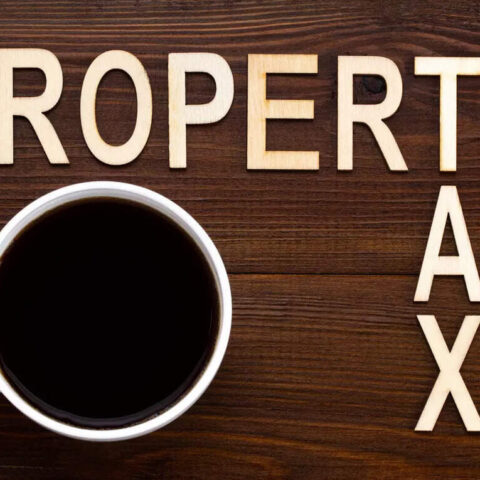If you could change anything, what would it be? Not a thing!
How does this mattress compare to others you’ve slept on? Before trying the Nolah mattress, my preferences definitely leaned more toward soft than firm, but Nolah’s “luxury firm” Evolution mattress made me second-guess myself. Consider me Team Firm Mattress for the long haul.
Would you recommend it to other side sleepers? I’d absolutely recommend Nolah’s mattress to other side sleepers—for me, this is my perfect mattress.
How did delivery and setup go? Nolah is a bed-in-a-box brand, which makes delivery a breeze. My mattress arrived compressed in a tall box that was waiting on my doorstep once I arrived home from running errands one day. Unless you’re very strong, I would suggest having help to bring the box into your home, especially if stairs are involved, as the box still weighs about 80–90 pounds.
What Side Sleepers Should Look for in a Mattress
The first thing to think about when choosing a the best mattress for side sleepers is your overall size. Size will dictate the level of firmness you need in a mattress, explains Michael J. Breus, PhD, a sleep expert who serves on the American Board of Sleep Medicine and the American Academy of Sleep Medicine.
“Most side sleepers will do best on a medium-firm mattress, as a general guideline, but that will vary based on their height and weight,” Dr. Breus explains. “If you’re a 250- to 300-pound person, you’re going to look for a different mattress than a 120- to 130-pound person. As a side sleeper, you have to balance between the idea of sinking in versus support.” As an example, he continues “If you’re a 125-pound person, getting a medium-soft mattress might make sense, but a 300-pound person would get no support from that same mattress. The larger person would need a medium-firm mattress.” Nicely, many of the mattresses we cover offer firmness scales (or different firmness options) on their sites so you can customize your new bed to your liking.
In addition to thinking about firmness, side sleepers should consider the material of any new mattress. Dr. Breus recommends avoiding mattresses with memory foam at the top layers. “Side sleepers should avoid memory foam close to the surface unless the foam has a lot of buoyancy. It’s all based on height and weight, so someone who is bigger, you would want innerspring coils,” he recommends.
What about if you have two sleepers of varying sizes? In cases where one partner is larger, Dr. Breus recommends choosing a mattress that is suited to the heavier person, and then adding a mattress topper to accommodate the lighter person, if they prefer more cushioning.
Some other features to look for are a 100-plus night trial period, which most newer mattress brands offer. This allows you to sleep on it like you own it for a few months and notice how you feel without any pressure. Speaking of pressure, you should pay attention to lumbar or hip pain, restfulness, if you’re too warm or cold, and whether you find yourself waking up to readjust often throughout the night. Lastly, if you live alone, paying a few extra dollars for white-glove delivery might be worth it considering setting up even mattresses-in-a-box can be a bit of a heavy ordeal.
Types of mattresses for side sleepers
When it comes to different kinds of mattresses, you can lump them into four main categories: Innerspring mattresses, all-foam mattresses, latex mattresses, and hybrid mattresses.







